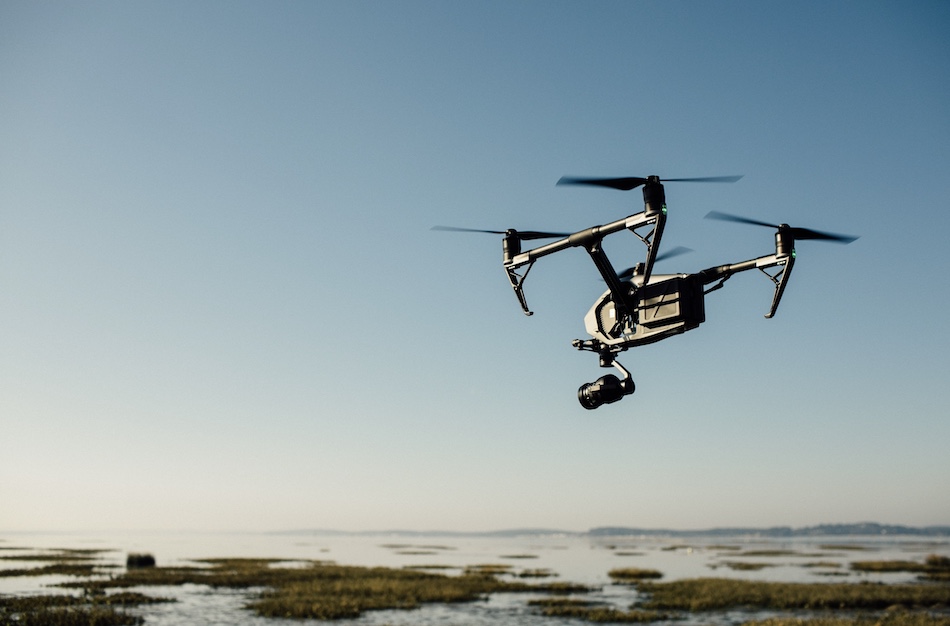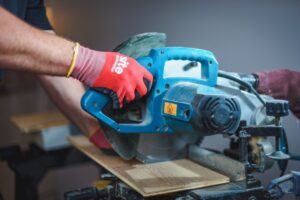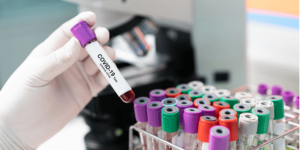The British Ministry of Defence has recently gained five swarms of six drones from military tech developer, Elbit UK, which are sure to be put to good use in the military. But what about the Maritime and Coastguard Agency?
When you think of drones, you are likely to think of them in the military, used to gather information or cause destruction without getting too close, but there is a scoping element to drones that doesn’t get talked about often enough and which would be very handy for the likes of the Maritime and Coastguard. Keep reading as we break down why drones can be a big part of the coastguard operations if you’re interested.
Unmanned vehicles
There are a lot of benefits to the fact that these systems are, by definition, unmanned. The first is obvious but vital: it’s at least one less person in danger. The Maritime and Coastguard Agency has a number of responsibilities, and a lot of them are dangerous in some form or another.
Not only does the Coastguard police the seas, but they are often used to rescue hikers and wanderers amongst the rolling hills and dangerous mountains with their superior tech and vehicles or if the Mountain Rescue team is unable to help.
This means that many air vehicles, like helicopters, often get involved in locating the victims that need to be rescued. With the use of unmanned vehicles, like drones, instead, the “pilot” or team behind the vehicle don’t need to get themselves into the same dangerous situation the person or people they are rescuing got themselves into.
This brings us to the second point of drones in the Coastguard: understanding exactly what this dangerous situation is.
Information gathering
There are a lot of reasons why someone might need to be rescued by the Coastguard. On land, people could be trapped by a landslide or avalanche, simply lost, occurred an injury and be unable to keep going, etc. On the sea, they could be stranded by a water vehicle that isn’t functioning or are in the path of being swept into sea on a vehicle that isn’t suitable for sea.
The Maritime and Coastguard Agency isn’t going to know what the situation is going in, and could potentially get themselves hurt in the process, so Elbit UK drones are used to gather information. A drone can scan a wide area looking for someone who is in a place that doesn’t have an address, like mountains or coasts, or assess the situation and feed footage back to the coastguard team.
Unmanned underwater vehicles
As the name might suggest, the Maritime and Coastguard agency often deals with water. Our country is an island, after all, so even though a lot of Coastguard time is spent in the air or trekking over our rolling hills, their primary job is to guard the coast, handling the policing of ships and other sea vehicles.
This is all to say that air drones aren’t the only military tech that can be useful to the Coastguard. There is, in fact, such a thing as unmanned underwater vehicles, which function much the same as drones, but in the sea and for different purposes.
For one thing, UUVs also scout for information that can be useful to the coastguard, including water temperature, salt and oxygen levels, turbulent areas, etc., making navigating the seas a lot easier. However, there are other uses for unmanned underwater vehicles that can be taken up by the UK Coastguard, including looking out for icebergs and tracking poachers and smugglers.










